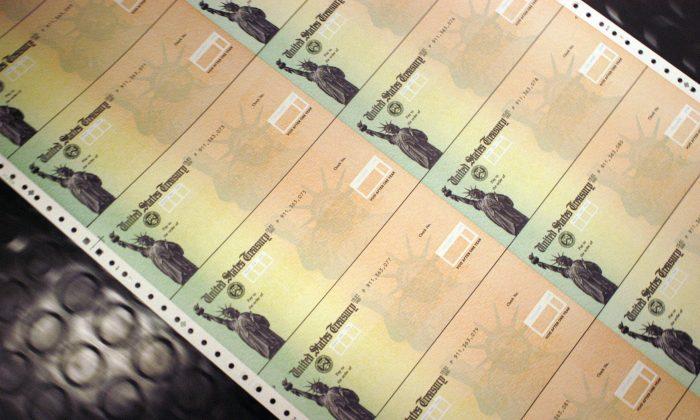The three major U.S. stock indexes opened higher on Tuesday as Trump administration officials indicated that negotiations are ongoing between the United States and other countries over tariffs, but the markets plunged as the day progressed.
As of Tuesday afternoon, the Dow Jones Industrial Average was down roughly 800 points, the Nasdaq Composite slid 3 percentage points, and the S&P 500 dropped more than 2 percent.
A two-day period last week saw one of the steepest concentrated selloffs for U.S. stocks, on par with the speed and intensity of drawdowns seen during the COVID-19 swoon in 2020 and the financial crisis slide in 2008, and has put the S&P 500 close to bear market territory.
After the wild swings on Monday, the S&P 500 ended down just 0.2 percent. The Cboe Volatility Index (VIX), or Wall Street’s “fear gauge,” registered its highest closing level in five years.
it came as Treasury Secretary Scott Bessent said that more than 70 countries have reached out to the White House over tariff negotiations, noting that Japan is leading the way.
“If they come to the table with solid proposals, I think we can end up with some good deals.”
Bessent said the Chinese regime’s recent announcement to increase U.S. tariffs was a “big mistake.”
Chinese officials last week said the regime would impose a 34 percent increase in tariffs on U.S. goods after President Donald Trump announced an initial 54 percent duty on Chinese imports. Later, China’s commerce ministry doubled down on its statement and indicated it would “fight to the end” and take measures against the United States.
“I think it was a big mistake, this Chinese escalation, because they’re playing with a pair of twos,” Bessent said.
“What do we lose by the Chinese raising tariffs on us? We export one-fifth to them of what they export to us, so that is a losing hand for them.”
The Trump administration has said that the tariffs are designed to shore up national security around supply lines and drive job creation inside the United States. White House officials also framed the tariffs as a way to allow the United States to reduce imbalances with major trading partners that have long imposed tariffs on U.S. imports.
In addition to levying tariffs on Europe and other countries that trade heavily with the United States, Trump issued a 10 percent baseline tariff on most countries worldwide. China, Vietnam, Taiwan, and some Southeast Asian countries, among others, will be subject to U.S. tariffs of more than 30 percent.







